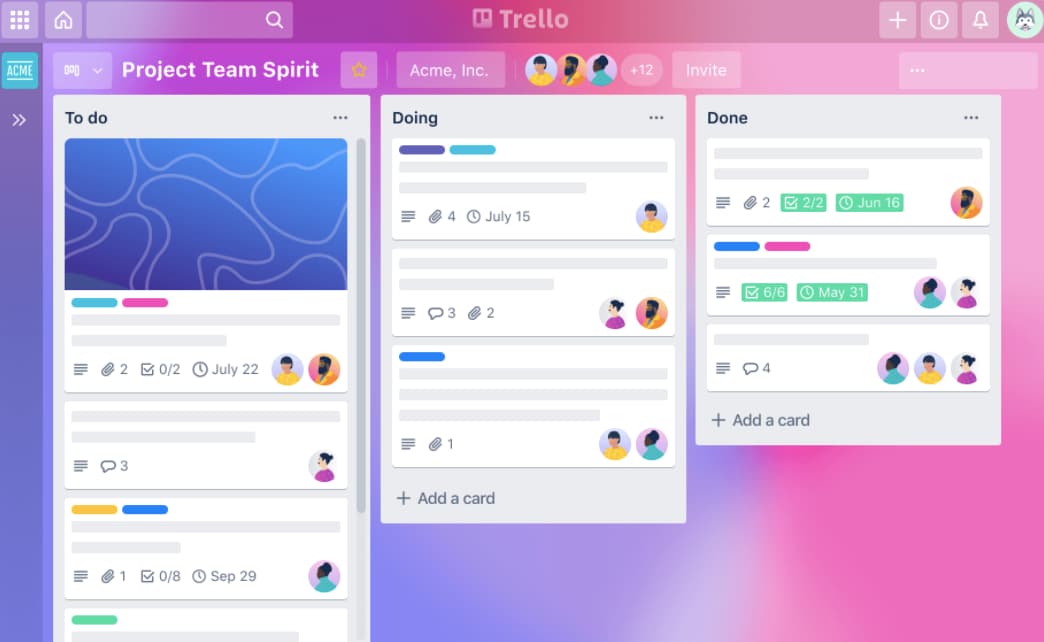Are your projects failing?
If you answer yes to that question, then you need to look into the stakeholder engagement process. There is a reason why good and bad projects have a better chance of succeeding or failing, and this reason is engagement. If you can get your stakeholders to have great engagement in your project, then the project is more likely to flourish.
You might be wondering what we mean by stakeholder engagement and how you can increase yours. Good thing that we created this article that covers everything you need to know about engaging your stakeholders.
Keep reading to improve your project management skills.
Aligning Objectives and Expectations
One of the primary benefits of stakeholder engagement is the alignment of objectives and expectations. When stakeholders are actively engaged, they can voice their concerns. They can also provide input and clarify their expectations.
This alignment ensures that the project’s goals are well-understood and agreed upon. This reduces the likelihood of misunderstandings or conflicting objectives down the line.
For example, consider a software development project. Engaging end-users as stakeholders can help the project team better understand the desired features and functionalities. This, in turn, leads to a product that better meets user needs and expectations.
Without this, a project team might develop a product that does not follow user requirements. This results in costly rework or even project failure.
Risk Mitigation
Stakeholder engagement plays a crucial role in risk mitigation. It is all about preventing problems. Just like checking the weather before a picnic, involving people early can help you spot potential issues.
For instance, when building something, you must involve neighbors and local authorities. This can help you avoid environmental problems and community objections. This early involvement can help you fix issues before they become big headaches.
Improved Decision-Making
Stakeholder engagement leads to more informed and effective decision-making. Involving more people helps make better decisions.
Think of it as choosing what movie to watch with your friends. You’re more likely to find one that everyone enjoys. In the business world, when different teams and people share their ideas, it leads to smarter choices.
For example, it is important to involve the marketing and sales teams in product development. This can help understand what customers want. This is vital for a successful product.
Proper Communications
Effective communication is a cornerstone of successful project management. Stakeholder engagement encourages open and transparent communication channels.
This is about making sure everyone knows what’s happening. Imagine a road trip with friends who don’t talk to each other – not so fun. In projects, talking to people regularly and openly keeps everyone informed.
When you’re open with people, it builds trust and helps solve problems when they pop up. If everyone feels included and informed, it’s easier to work together.
Resource Optimization
Our next stop is all about using resources efficiently. Stakeholder engagement can lead to resource optimization.
Stakeholder engagement can lead to resource optimization. When stakeholders have active involvement, they can help focus on project activities. They can also use resources more efficiently. This is particularly valuable in projects with limited budgets and tight timelines.
Think of it like everyone contributing ingredients for a big meal. You need to discuss who’s bringing what to avoid overbuying or missing something crucial.
In projects, involving people can help focus on tasks and use resources effectively. For example, suppliers involved in a manufacturing project can coordinate material deliveries better. This reduces delays and saves money.
Stakeholder Management
Managing various people’s expectations and interests can be tricky, like trying to make everyone happy at a party. Stakeholder management is a challenge, but it’s necessary.
To overcome these challenges, a structured approach is needed. This involves planning how to involve people, communicate with them regularly, and use tools and technology to make the process smoother.
Stakeholder Support and Buy-In
Stakeholder support and buy-in are critical for project success. When stakeholders are engaged and have a sense of ownership in the project, they are more likely to actively support and advocate for it.
When people feel like they’re part of it, they’re more likely to support and back it. This support can be instrumental in overcoming obstacles and securing necessary resources.
Consider a major IT infrastructure upgrade in a large organization. Engaging both IT staff and business unit leaders as stakeholders ensures that the project has the backing of those who will be most affected by the changes. Their support can help drive the project forward and ease a smoother transition.
Adaptability to Change
In the business world, change is constant. Projects can face unexpected challenges or need adjustments. At this stop, we talk about how involving people makes it easier to adapt to these changes.
For instance, if you’re running a marketing campaign and involve creative teams and content producers, it’s easier to adjust your strategy when market trends or customer feedback change.
Transparency
Transparency means being open and honest about what’s going on. When everyone knows what’s happening, it builds trust and confidence. It’s like having an open book for everyone to read.
Transparency also prevents misunderstandings and makes sure people don’t feel left out. When everyone is in the loop, working together becomes easier.
Post-Project Success
Our final stop is about what happens after the project is done. Stakeholder engagement is not limited to the project’s execution phase; it extends into the post-project phase as well. Involving people doesn’t stop when the project ends.
It can lead to a smooth transition. Moreover, it sets the stage for ongoing collaboration and future opportunities. This is often with the aid of a valuable tool such as stakeholder analysis.
For instance, after the completion of a construction project, engaging local communities as stakeholders can foster positive relationships. This can lead to support for future development projects or business ventures in the area.
Focus on the Stakeholder Engagement Process Today
The stakeholder engagement process is crucial for the success of any project. By involving and considering the needs and opinions of all stakeholders, projects have a higher chance of meeting their objectives and creating positive impacts. This not only leads to a more successful project but also creates a sense of ownership and commitment among stakeholders.
Let’s continue to focus on stakeholder engagement for the success of future projects. Are you ready to engage with your stakeholders?
Make sure to check out the rest of our blog for more tips on various topics.



